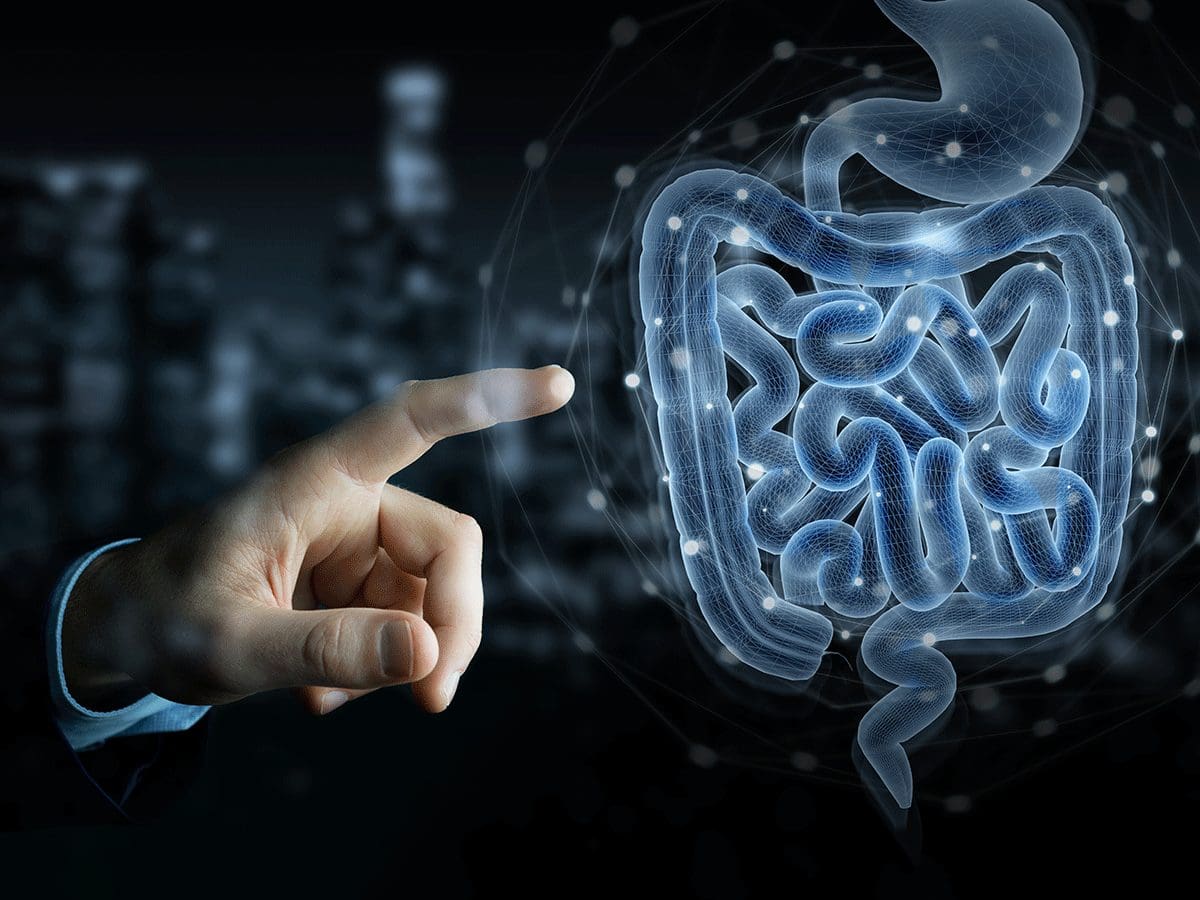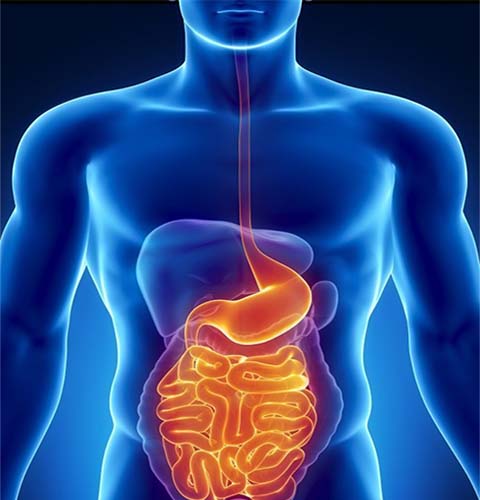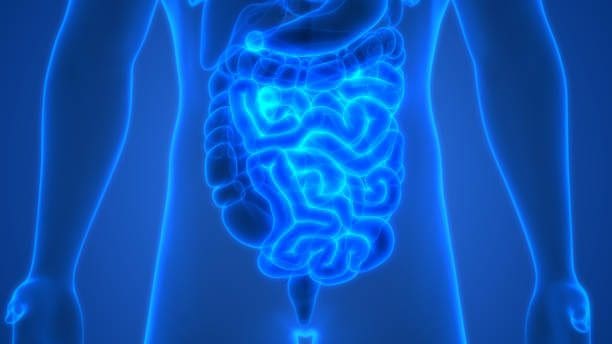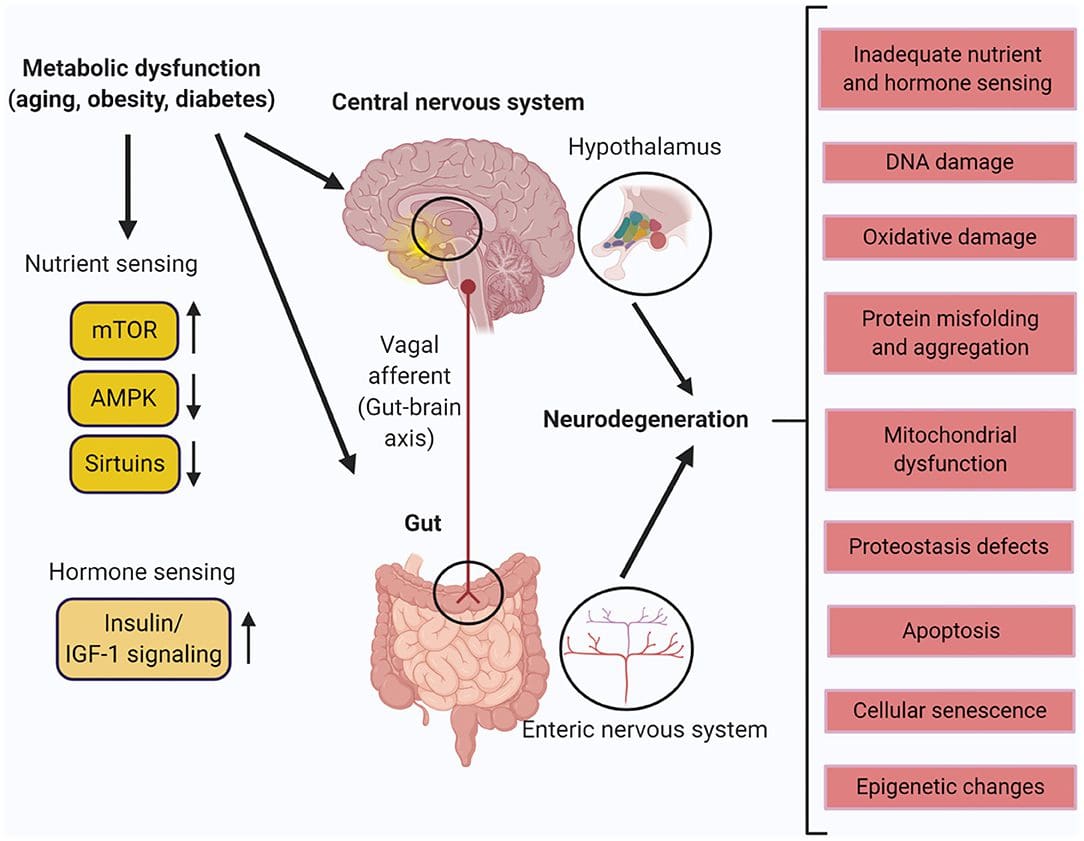Table of Contents
Introduction
The digestive system is home to the gut, the gastrointestinal (GI) tract, the liver, the intestines, and other organs that make sure that the consumed food is being digested and the nutrients from the digested foods are being transported to all the necessary systems, muscles, tissues, and cells while the bile is excreted out of the body. In this 2 part series, we will be taking a look at the GI tract and how each organ functions in the digestive system as well as how the enteric nervous system and how each muscle and cells work together. Part 2 will be taking a look at how gastrointestinal disorders can affect the gut and what kind of treatments dampen their effects. By referring patients to qualified and skilled providers who specialized in gastroenterology services. To that end, and when appropriate, we advise our patients to refer to our associated medical providers based on their examination. We find that education is the key to asking valuable questions to our providers. Dr. Alex Jimenez DC provides this information as an educational service only. Disclaimer
Can my insurance cover it? Yes, it may. In case you are uncertain here is the link to all the insurance providers we cover. If you have any questions, please call Dr. Jimenez at 915-850-0900.
What Is The GI Tract?
So the gastrointestinal tract or the GI tract is part of the digestive system where it’s a long tube that is connecting to hollow organs to not only digest food but also excrete it out of the body as well. Research studies have shown that the GI tract works together with the central nervous system and the circulatory system by utilizing the body’s nerves, hormones, bacteria, blood, and organs to help digest the foods and liquids while providing the nutrients to make the body work properly. The sphincters in the GI tract include:
- Upper esophageal
- Lower esophageal
- Pylorus
- Sphincter of Oddi
- Ileocecal valve
- Internal and external anal sphincters
The GI motility is a tightly integrated system that is regulated by the enteric nervous system while being responsible for mixing, propulsive, and organized patterns of movements. Other research studies have shown that the GI tract in the digestive system helps the body receive nutrients like carbohydrates, proteins, fats, minerals, and vitamins to help the body absorb them to promote new energy, growth, and repairing the cellular structure. Some of the organs that help the GI tract stay functional are:
- Esophagus
- Stomach
- Small intestine
- Colon
- Anorectum
The Stomach
Research studies show that the stomach is a j-shaped organ that helps produces enzymes and acids to break down food to be transported to the small intestines. The stomach’s function is to accommodate and store food temporarily while also regulating intragastric pressure in the stomach. The stomach also provides a tonic movement of chyme and doesn’t have a phasic motor activity unless it is grinding the food into particles. Research also shows that the stomach has 4 different tissue layers that help the stomach surfaces to increase the gastric mucosa to allow gastric expansion with food ingestion. Once the food is properly ground by the stomach acids it is ready to be transported into the small intestines.
Small Intestines
The small intestines’ function allows the nutrients to be digested and absorbed while also providing motility towards mixing and absorbing in the fed state in the body. Research studies have shown that the small intestine is a tubular organ that is responsible for the digestion and absorption of nutrients. In its fasting state, the intestine’s motility is geared towards propelling non-absorbed residue and helping make sure that the intestines are swept clean of bacteria & other residues that can infect the body. Other research studies show that the small intestines are a harsh environment for any microbial life to be in the small intestines in a short transit time and are out of the intestines to be excreted out of the body.
Colon
The colon’s function is to absorb excess fluid while salvaging unabsorbed nutrients via bacteria and providing permit defecation to occur so it can be excreted out through the anus. Research shows that the colon’s function is to conserve water since it is an important metabolic organ that influences the overall body’s metabolism and helps produce the activity of colonic microflora. The colon makes sure that any bile or unprocessed nutrient waste is emptied into the rectum as stool.
How Does The Digestive System Works?
The digestive system makes sure that food is being digested from the mouth and excreted out through the anus. The gastrointestinal (GI) tract makes sure that the digestive food is being turned into nutrients and vitamins so that way the body can absorb them and help the body function properly. The nutrients from the food also help the muscles, tissues, and cellular structure of the body to do their job as well.
The Enteric Nervous System
The digestive system and the central nervous system have a bidirectional connection as they pass information back and forth to make the body be functional through the enteric nervous system. Research studies have found that the enteric nervous system works with the central nervous system reflexes and the neural pathways that connect the brain and the gut to control digestive function. The enteric nervous system is composed of the following 5 groups:
- Smooth muscle
- Enteroendocrine cells
- Nervous tissue cells (neurons & glia)
- Inflammatory cells (mast cells, lymphocytes, macrophages, granulocytes)
- Interstitial cells of Cajal
Interstitial Cells Of Cajal
Interstitial cells of the Cajal are non-neural elements that communicate with neurons and smooth muscles in the body. Research studies have shown that the interstitial cells of the Cajal do not form their own network as they are bipolar cells or spindle-shaped cells that are surrounding the smooth muscles. These cells provide intrinsic myoelectric frequencies that are being controlled and propagate the contractions. While the interstitial cells of the Cajal play a key part in the GI motility while also being found outside of the GI tract. Some of the 4 key functions of interstitial cells of the Cajal does are:
- Generate a slow wave that is propagated to smooth muscle cells
- Help mediate neurotransmission
- Set smooth muscle membrane potential & membrane gradient
- Involved in mechanotransduction
Signaling Molecules
Even though most of the signal molecules are still unclear, research shows that the signaling molecules are able to convey information and regulate cell proliferation while also providing maintenance of adult tissue. Many have believed that serotonin was the major stimulatory neurotransmitter and the main component of gut sensation, but signaling molecules can provide other key transmitters including acetylcholine, substance P, nitric oxide, and dopamine to help keep the body be functional.
Conclusion
All in all, the digestive system makes sure that food is being digested and excreted out. When unwanted pathogens start to enter the body and affect the gut system, chronic issues can pop up and develop over time if it is not treated. The gut system also has a bidirectional connection with the brain as both organs send out information to each other and make sure that they are doing their jobs properly. Many individuals have found ways to make sure that their gut system is operational and functioning properly as they continue on their journey to being healthier.
References
Cooper, Geoffrey M. “Signaling Molecules and Their Receptors.” The Cell: A Molecular Approach. 2nd Edition., U.S. National Library of Medicine, 1 Jan. 1970, www.ncbi.nlm.nih.gov/books/NBK9924/.
Fish, Elizabeth M., and Bracken Burns. “Physiology, Small Bowel.” StatPearls [Internet]., U.S. National Library of Medicine, 13 Sept. 2021, www.ncbi.nlm.nih.gov/books/NBK532263/.
Furness, John B, et al. “The Enteric Nervous System and Gastrointestinal Innervation: Integrated Local and Central Control.” Advances in Experimental Medicine and Biology, U.S. National Library of Medicine, 2014, pubmed.ncbi.nlm.nih.gov/24997029/.
Hsu, Mark, et al. “Physiology, Stomach.” StatPearls [Internet]., U.S. National Library of Medicine, 22 July 2021, www.ncbi.nlm.nih.gov/books/NBK535425/.
Kastl, Arthur J, et al. “The Structure and Function of the Human Small Intestinal Microbiota: Current Understanding and Future Directions.” Cellular and Molecular Gastroenterology and Hepatology, Elsevier, 2020, www.ncbi.nlm.nih.gov/pmc/articles/PMC6881639/.
Medical Professionals, Cleveland Clinic. “Digestive System: Function, Organs & Anatomy.” Cleveland Clinic, 9 Aug. 2021, my.clevelandclinic.org/health/body/7041-digestive-system.
Medical Professionals, Cleveland Clinic. “Stomach: Anatomy, Function, Diagram, Parts of, Structure.” Cleveland Clinic, 10 Sept. 2021, my.clevelandclinic.org/health/body/21758-stomach.
Medical Professionals, NIDDK. “Your Digestive System & How It Works.” National Institute of Diabetes and Digestive and Kidney Diseases, U.S. Department of Health and Human Services, Dec. 2017, www.niddk.nih.gov/health-information/digestive-diseases/digestive-system-how-it-works.
Moran, B J, and A A Jackson. “Function of the Human Colon.” The British Journal of Surgery, U.S. National Library of Medicine, Nov. 1992, pubmed.ncbi.nlm.nih.gov/1467882.
Disclaimer
Post Disclaimer
Professional Scope of Practice *
The information herein on "Autonomic Functions Of The Gut | Part 1" is not intended to replace a one-on-one relationship with a qualified health care professional or licensed physician and is not medical advice. We encourage you to make healthcare decisions based on your research and partnership with a qualified healthcare professional.
Blog Information & Scope Discussions
Our information scope is limited to Chiropractic, musculoskeletal, physical medicines, wellness, contributing etiological viscerosomatic disturbances within clinical presentations, associated somatovisceral reflex clinical dynamics, subluxation complexes, sensitive health issues, and/or functional medicine articles, topics, and discussions.
We provide and present clinical collaboration with specialists from various disciplines. Each specialist is governed by their professional scope of practice and their jurisdiction of licensure. We use functional health & wellness protocols to treat and support care for the injuries or disorders of the musculoskeletal system.
Our videos, posts, topics, subjects, and insights cover clinical matters, issues, and topics that relate to and directly or indirectly support our clinical scope of practice.*
Our office has reasonably attempted to provide supportive citations and has identified the relevant research study or studies supporting our posts. We provide copies of supporting research studies available to regulatory boards and the public upon request.
We understand that we cover matters that require an additional explanation of how it may assist in a particular care plan or treatment protocol; therefore, to further discuss the subject matter above, please feel free to ask Dr. Alex Jimenez, DC, or contact us at 915-850-0900.
We are here to help you and your family.
Blessings
Dr. Alex Jimenez DC, MSACP, RN*, CCST, IFMCP*, CIFM*, ATN*
email: coach@elpasofunctionalmedicine.com
Licensed as a Doctor of Chiropractic (DC) in Texas & New Mexico*
Texas DC License # TX5807, New Mexico DC License # NM-DC2182
Licensed as a Registered Nurse (RN*) in Florida
Florida License RN License # RN9617241 (Control No. 3558029)
License Compact Status: Multi-State License: Authorized to Practice in 40 States*
Presently Matriculated: ICHS: MSN* FNP (Family Nurse Practitioner Program)
Dr. Alex Jimenez DC, MSACP, RN* CIFM*, IFMCP*, ATN*, CCST
My Digital Business Card





